Check out these amazing hotel deals!
- Save up to 30% on your hotel in Hawaii!
- Last-minute holiday hotel deals
- Top hotel deals for a new year trip
- Visiting Paris? Find the Best Deals & Reviews at TripAdvisor.
- Save 30% on hotels in Ocean City, Maryland...a TripAdvisor Top 10 Summer Destination!
- Save up to 30% on your hotel on your Winter Vacation!
- Find top-rated hotels at the lowest prices on TripAdvisor. Check rates now!
- Save up to 30% on hotels for a romantic getaway!!
Whether it’s the summer or the winter holiday or a weekend getaway any time during the year, spending a few or more days by a lake is a great idea. It doesn’t matter if the lake is very large or a smaller one because it gives visitors a great, relaxing experience. However, it seems that the larger the lakes are, the more attractive they are for tourists as there is a larger surrounding area to be explored.
So, if you are a lake type of person, you should stay for a while to read our list of the 10 largest lakes in the world (by surface).
There are many adventures waiting for you, you just need to know where you should go. So, let’s explore!
10. Erie: 25,719 sq km
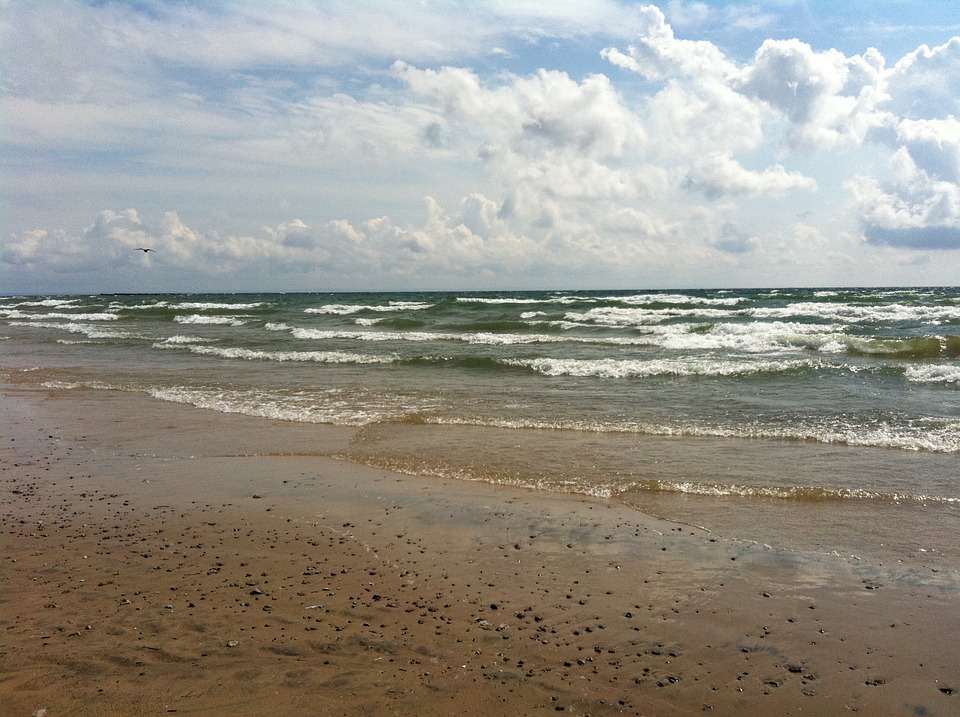
Erie is part of the great lakes of North America, the shallowest of the 5. Its surface extends for 25,719 square kilometers in Canadian and US territory.
9. Slave Lake: 28,930 sq km
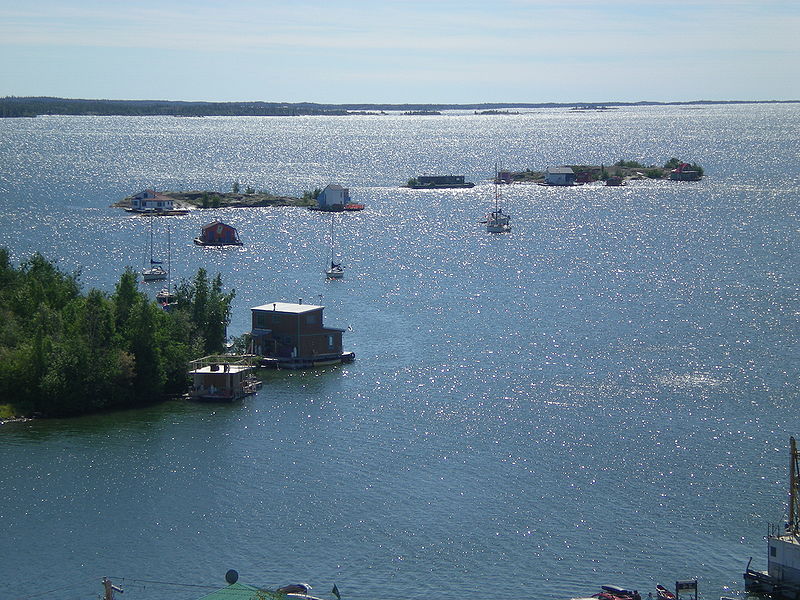
The Slave Lake covers an area of 28,930 square kilometers. It’s also one of the deepest lakes on the planet and holds the record for the deepest lake in North America.
8. Malawi: 30,044 sq km
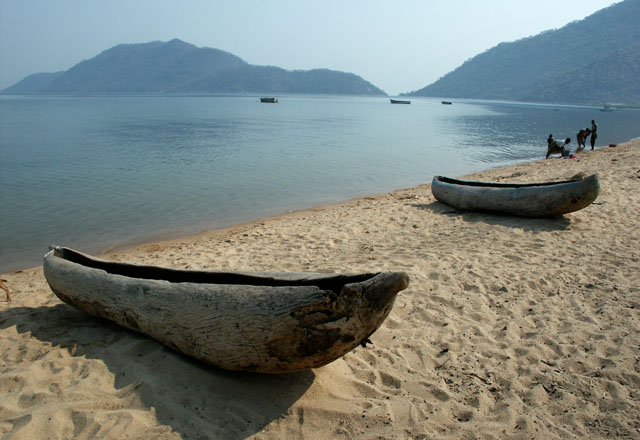
In the 8th position, we find the African lake Malawi, which covers an area of incredible 30,044 square kilometers. Apart from being one of the largest lakes in the world, it’s also the lake with the greatest number of fish species, many of which are endemic.
7. Great Bear Lake: 31,080 sq km
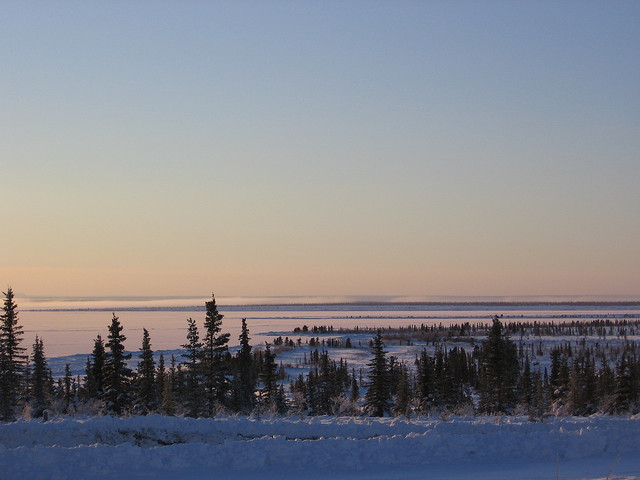
A position further up is the Great Bear Lake, located entirely in Canadian territory. The name seems to have been attributed to the ancient peoples who first inhabited its coasts.
6. Baikal: 31,500 sq km
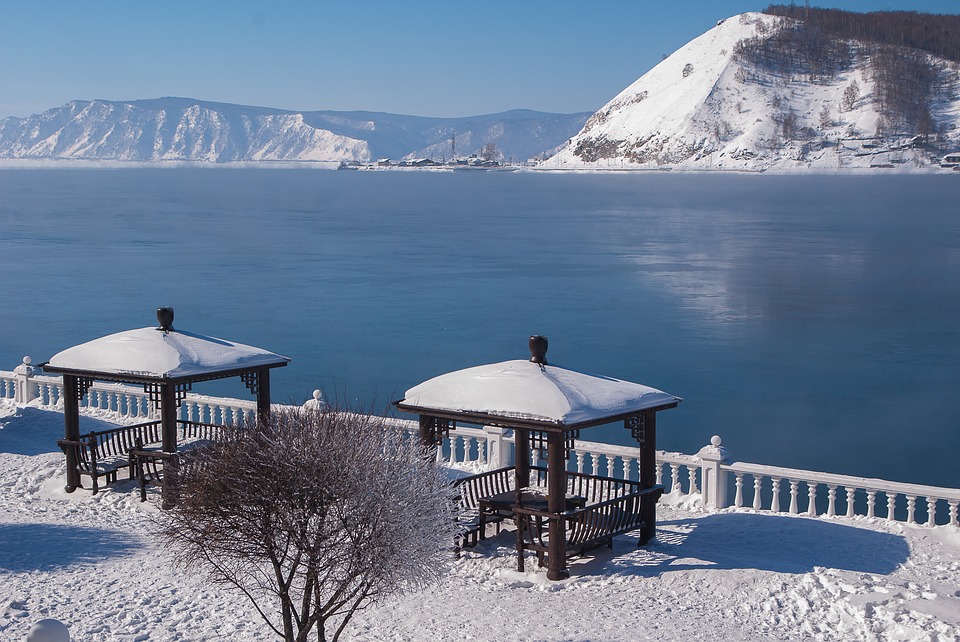
The Baikal lake is located in Russia and covers an area of 31,500 square kilometers. This lake holds several records. Namely, apart from being the 6th largest lake in the world, it’s also the deepest and the largest lake located in a single country.
5. Tanganyika: 32,893 sq km
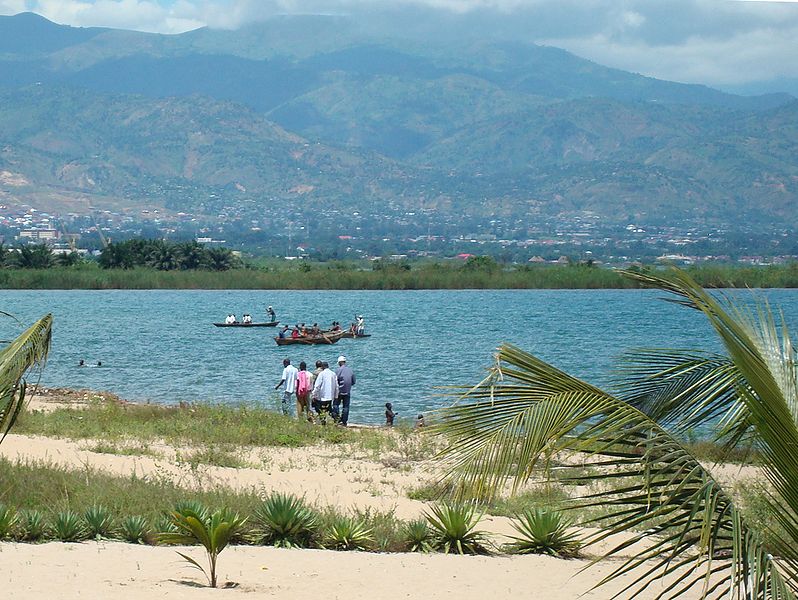
Tanganyika is a gigantic lake, so it’s no wonder that it’s the 5th largest lake and the second deepest lake in the world. Its surface extends into four different countries of Central Africa, for fantastic 32,893 square kilometers.
4. Victoria: 69,485 sq km

Close to the podium, we find lake Victoria. Although one of the most famous lakes in the world, the citizens of the countries where this lake expands (Uganda-Kenya-Tanzania) will have to settle for the wooden medal. Actually, in some rankings, this lake takes the 2nd position, but that’s because those rankings consider Michigan-Huron as two distinct lakes, which is not the case with this one.
3. Lake Superior: 82,414 sq km
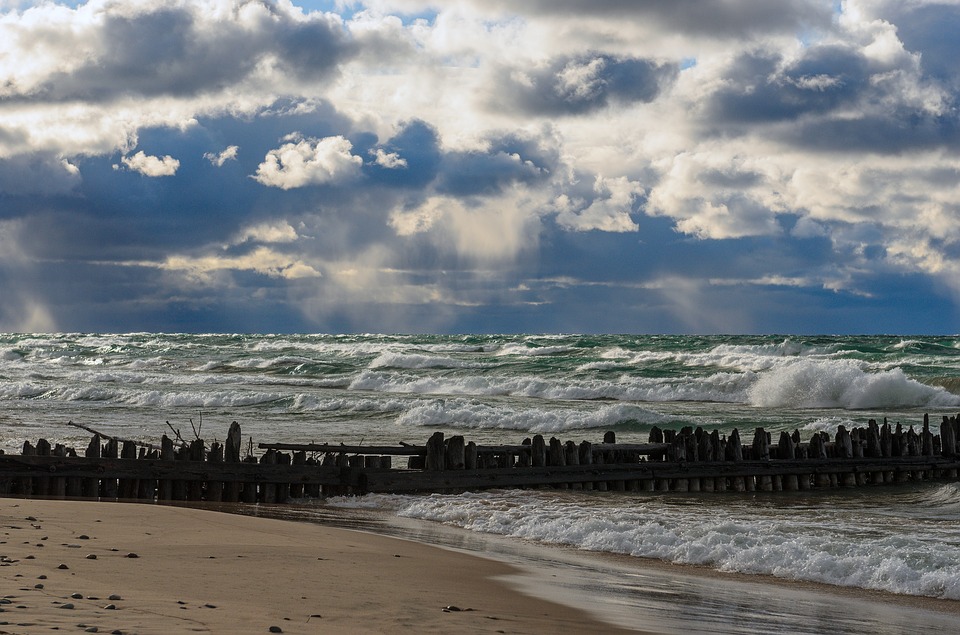
Stepping up on the podium, we find Lake Superior. With its 82,414 square kilometers, it’s the 3rd largest lake in the world and the largest of the freshwater lakes in the rankings which consider Michigan-Huron two separate lakes.
2. Michigan-Huron: 117,702 sq km
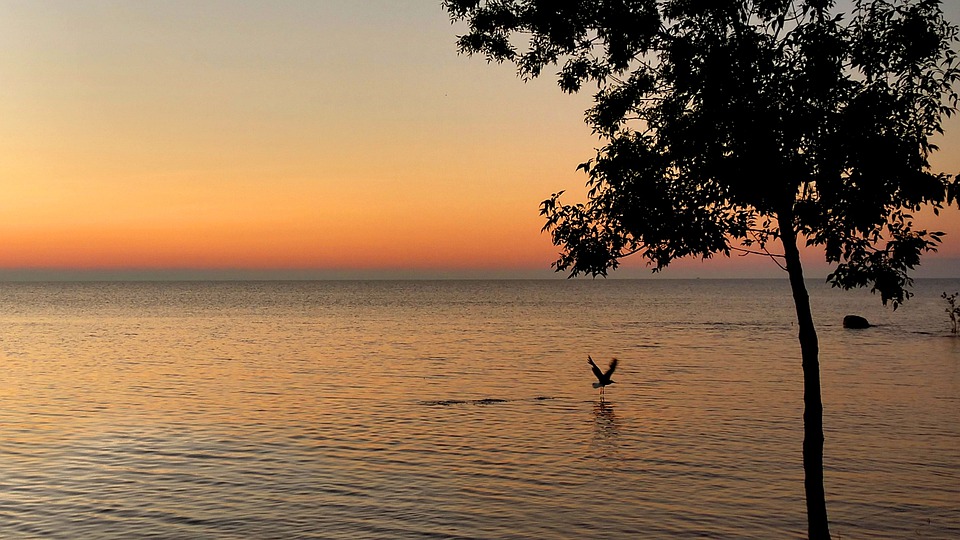
Some consider it as two separate lakes because it is made of two lakes, but they are in the same basin, which is why it’s counted as one. Covering an impressive 117,702 square kilometers, Michigan-Huron is the 2nd largest lake in the world.
1. Caspian Sea: 386,400 sq km
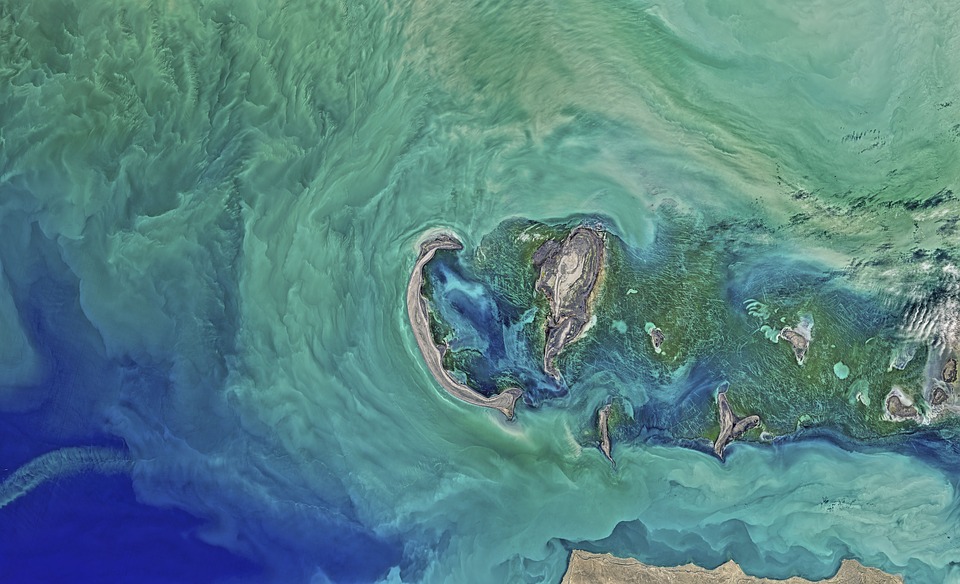
And, in the first place, we find the world-famous Caspian Sea. It is referred to as “Sea” (as its name shows) because of its great size, which is why it’s considered, both, a (fully-fledged) sea and a lake. In any case, it’s universally recognized as the largest inland body of water on the planet.
Check out these amazing hotel deals!
- Save up to 30% on your hotel in Hawaii!
- Last-minute holiday hotel deals
- Top hotel deals for a new year trip
- Visiting Paris? Find the Best Deals & Reviews at TripAdvisor.
- Save 30% on hotels in Ocean City, Maryland...a TripAdvisor Top 10 Summer Destination!
- Save up to 30% on your hotel on your Winter Vacation!
- Find top-rated hotels at the lowest prices on TripAdvisor. Check rates now!
- Save up to 30% on hotels for a romantic getaway!!
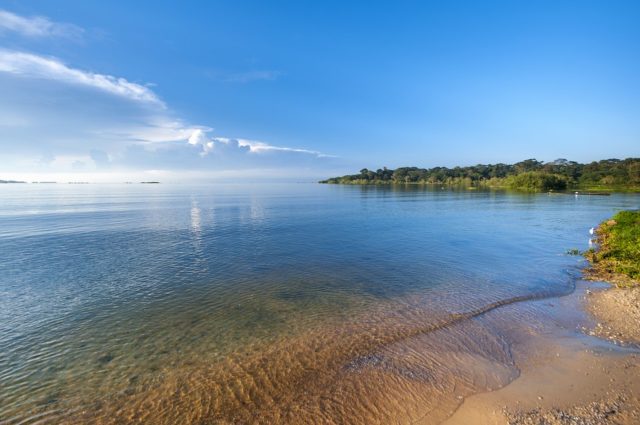




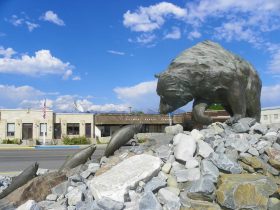
Find Us on Socials